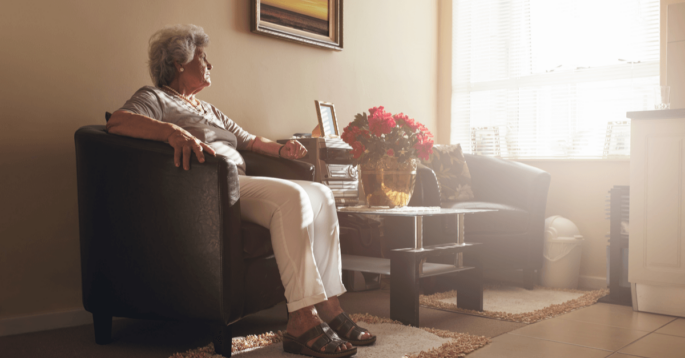More nursing homes are investing in abuse and neglect training to combat harmful situations. The training is usually provided to nursing home employees, but it can also be given to medical providers and nurses. Abuse and neglect training aims to prevent cases of senior neglect in nursing homes, and has a track record of success in doing so.
What is Abuse and Neglect Training?
Nursing home abuse and neglect training aims to provide education and awareness to keep residents safe. Training is generally given to nursing home employees, but proactive training can be given to nurses, students, and other medical professionals who work in nursing homes.
Nursing home abuse and neglect training typically covers:
- Detecting abuse or neglect
- Reporting harm
- Investigating cases
- Prosecuting cases
- Caring for victims
- Prevention of abuse and neglect in the first place
Seniors in nursing homes tend to have more medical needs, be less mobile, and be unable to fully care for themselves. This makes these seniors more susceptible to abuse and neglect.
Abuse can start with anyone. A perpetrator can be a nurse, a medical professional, a contractor, a visitor, or even an acquaintance.
By providing abuse and neglect training, nursing homes can dramatically reduce the number of cases of harm in their facilities. This can significantly improve the health and safety of their residents, as well as increase quality of life and general happiness.
What Does Abuse and Neglect Training Cover?
Abuse and neglect training covers a variety of different topics, including:
- Preventing physical, sexual, financial, and emotional abuse: These are some of the most common types of abuse at nursing homes. According to federal statistics, about 50% of nursing home residents have some form of serious cognitive impairment. This can make nursing home residents more vulnerable to abuse. Prevention training aims to go to the source of the issue through education and awareness, and keep abuse or neglect from happening in the first place.
- Prevention of staff-related risks: This typically means the hiring of qualified individuals who will not harm residents. This means conducting background checks and pre-employment screenings. Spending extra resources on finding qualified employees can prevent a serious case of abuse or neglect later on.
- Recognizing and avoiding stress on employees: Employees who are overworked may take out stress on residents. In addition to hiring people who will treat residents with respect, it’s also important for nursing home facilities to have mental health programs available for employees. That way, employees can be better equipped to manage their workload and stress in a healthy way.
- Importance of reporting neglect and abuse: When a case of abuse or neglect is uncovered, it is imperative that nursing home employees report it as soon as possible. This helps to stop it from happening further and allows law enforcement to deal with the perpetrator.
Forms of Abuse and Neglect Training
There are several different forms of abuse and neglect training. The most common forms of training include:
- In-house training
- Online modules
- Videos
- Meetings
- Risk management assessments
In-house training sessions are often conducted by nurses or other medical professionals to help nursing home employees prevent, identify, and report cases of abuse and neglect. However, the different forms of abuse and neglect training are often used concurrently. For instance, a nursing home may conduct both an in-house training and have their staff members complete online modules.
Federal law mandates that nurse aides must complete training on abuse prevention. In some states, there are additional laws on the books that require other training or background checks for nursing home employees or staff members.
Preventing Resident-to-Resident Abuse
Abuse and neglect can also happen between residents — it isn’t just employees or visitors who present risk. Nursing homes can help prevent this through training for employees, so that they can recognize resident-to-resident abuse.
Federal requirements for nursing home facilities specifically state that residents have the right to be free from any form of abuse or neglect. That includes abuse from other residents. Abuse from other residents may come in the form of:
- Conflicts between roommates
- Destruction of personal property
- Invasion of personal space
- Threats or harassment
- Unwanted sexual behavior
Training helps nursing home staff to identify, report, and prevent resident-to-resident forms of abuse.
Learn More About Nursing Home Abuse and Neglect
Nursing home abuse and neglect is unfortunately still a problem in nursing homes across the country. Nursing homes can significantly reduce the incidence of abuse and neglect in their facilities by investing in training and prevention. Nursing home facilities that do offer training have shown to have fewer cases of abuse and neglect.
If you or your loved one are at risk for nursing home abuse or neglect, contact our team to learn more about how to report your situation and get the help you need.

